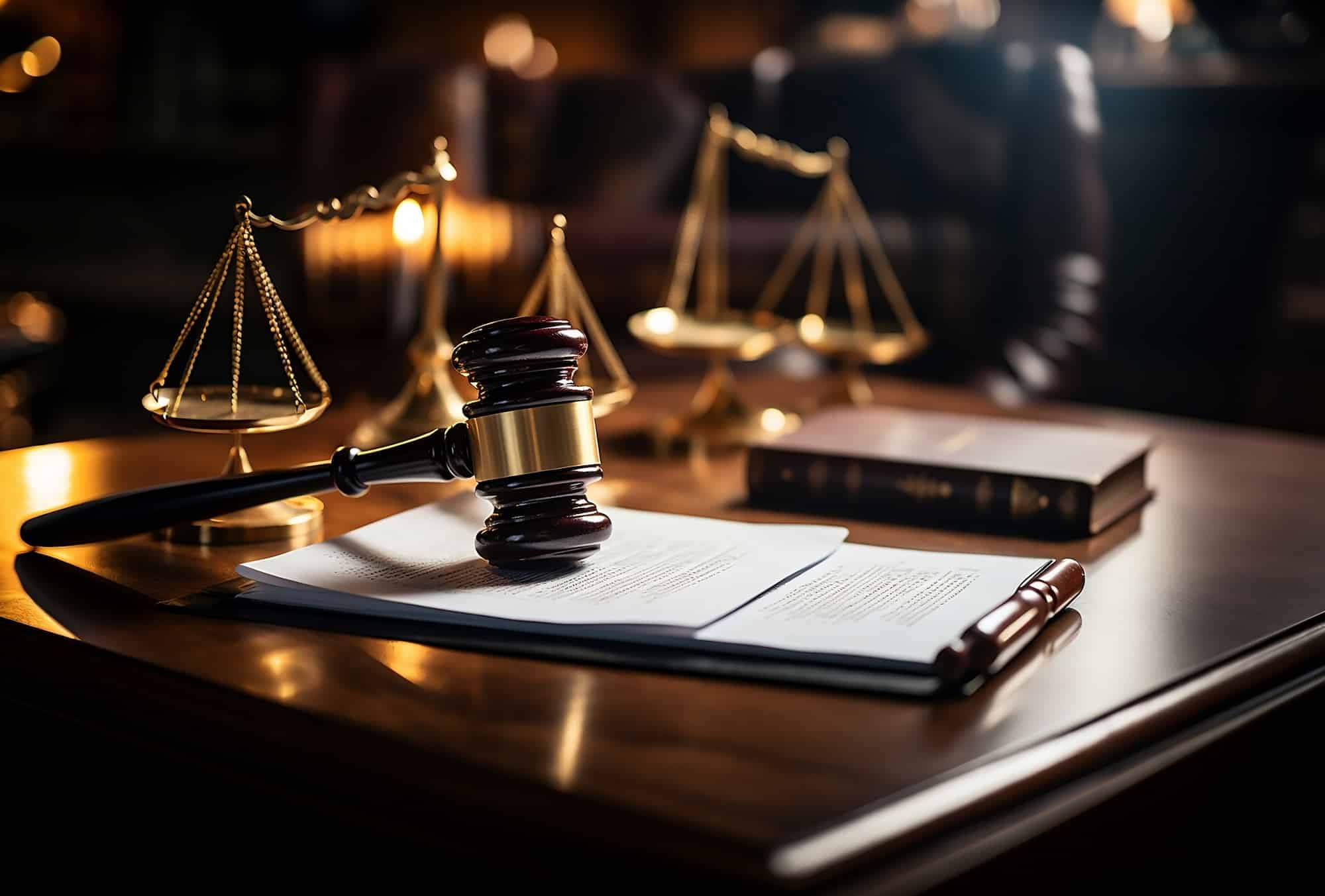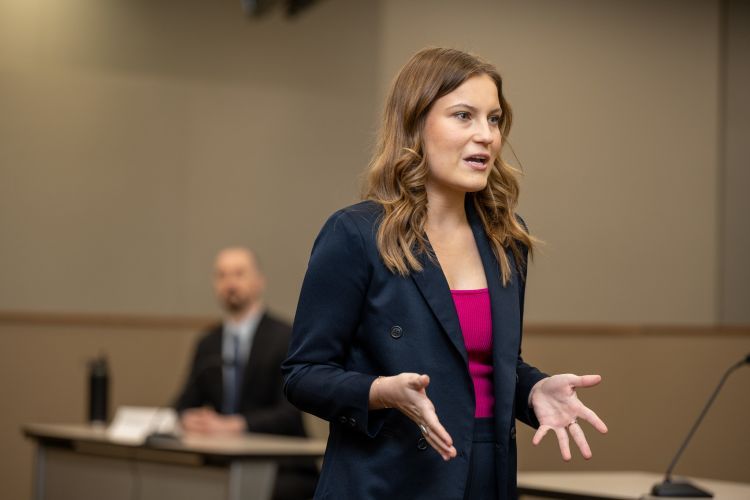Achieving Success in Courtroom Trials: The Importance of Professional Trial Presentations
Achieving Success in Courtroom Trials: The Importance of Professional Trial Presentations
Blog Article
Navigating the Intricacies of Test Presentations: Tips for Seamless Distribution and Engaging Disagreements
In the world of legal procedures, the art of test discussion stands as a critical component of success. As lawyers browse the elaborate web of court room characteristics, the ability to flawlessly deliver arguments and evidence while astounding the jury's focus ends up being critical. The intricacies inherent in trial discussions need a delicate equilibrium of strategy, skill, and finesse. By refining methods that make sure a sleek distribution and crafting engaging disagreements that resonate with the target market, attorneys can substantially boost their advocacy. In a globe where persuasion reigns supreme, grasping the intricacies of trial presentations is not just an option yet a requirement for those seeking to dominate in the court.

Recognizing Trial Purposes
To properly browse a trial, it is important to have a clear understanding of the purposes that require to be achieved. Prior to tipping into the courtroom, legal groups have to specify their objectives and preferred outcomes. These goals act as guiding concepts throughout the test, shaping strategies and influencing decision-making processes.
Comprehending trial goals entails a comprehensive analysis of the case, lawful precedents, and the client's best interests. Trial Presentations. It requires a meticulous evaluation of the facts, identifying key issues, and preparing for potential challenges. By establishing details and quantifiable goals, attorneys can customize their presentations and arguments to align with the wanted outcomes
Additionally, a clear understanding of trial objectives makes it possible for lawful teams to prioritize proof, witnesses, and lawful disagreements efficiently. It permits the growth of a systematic narrative that resonates with the court and jury, strengthening the total situation presentation.

Organizing Evidence Effectively
Having a clear understanding of trial objectives lays the structure for organizing proof efficiently in lawful procedures. By straightening the presentation of proof with the preferred end results of the trial, lawful teams can enhance their disagreements and enhance their persuasiveness.
One more crucial element in organizing proof efficiently is establishing a sensible circulation. Offering proof in a sequential and meaningful fashion can assist construct a compelling narrative that sustains the legal disagreements being made. In addition, utilizing aesthetic help such as charts, timelines, or charts can additionally boost the organization of proof and aid in clearing up intricate relationships or sequences of occasions.
Furthermore, guaranteeing that all proof offered is admissible and relevant to the instance is important. Pointless or inadmissible evidence can detract from the stamina of the disagreement and possibly damage the credibility of the providing celebration. Consequently, a meticulous review and selection process ought to be carried out to include just the most impactful and legally sound evidence in the trial presentation.
Crafting Convincing Narratives
Crafting engaging stories plays an essential duty in offering influential debates throughout legal proceedings. A well-crafted narrative has the power to Related Site captivate the audience, evoke emotions, and ultimately sway the choice in favor of the presenting party. When building a narrative for a trial presentation, it is vital to establish a clear storyline that highlights bottom lines and connects them in a coherent manner. Begin by outlining the realities of the instance in a compelling manner, guaranteeing that the sequence of occasions is very easy to comply with. Introduce characters effectively, providing history details that assists the audience understand their activities and inspirations. Furthermore, incorporating vivid summaries and interesting language can bring the narrative to life, making it more remarkable for the court and jury. By weaving together proof, statement, and legal arguments right into a natural and convincing narrative, attorneys can efficiently advocate try these out for their customers and enhance the likelihood of a desirable result in the courtroom.
Grasping Aesthetic Aids
Reliable usage of visual aids is key to boosting the effect and clarity of test discussions. Aesthetic help, when used purposefully, have the power to streamline complex info, enhance bottom lines, and leave an enduring impression on the discretionary. To understand aesthetic aids in trial presentations, it is critical to ensure that they are clear, concise, and appropriate to the debates being made.
When including aesthetic help, such as charts, pictures, charts, or timelines, right into a test discussion, it is necessary to maintain them visually appealing yet professional. The visuals should complement the verbal arguments, offering a graph of the information being talked about without overwhelming the audience with unnecessary information.
Moreover, experimenting the aesthetic help in advance is important to guarantee a seamless delivery throughout the test. Acquainting oneself with the material, shifts, and timings of each visual help can aid keep the flow of the presentation and prevent technical problems that might occur.
Delivering Impactful Closing Arguments
An engaging closing argument offers as the culmination of a trial discussion, encapsulating the core narrative and persuading the judge and court towards a positive decision. Begin by detailing the main disagreements that sustain your customer's placement, highlighting why the proof presented throughout the trial sustains your narrative.
Additionally, incorporating sob story can further enhance your closing debate. By humanizing the case and linking on a personal level with the decision-makers, you can evoke compassion and understanding, affecting their perception of the truths offered. In addition, restating the legal criteria that must be met for a positive judgment can enhance the validity of your setting. Ultimately, a well-crafted closing disagreement must leave a long-term impression, compelling the discretionary to rule in your customer's support.
Verdict
In verdict, understanding test discussions entails recognizing purposes, arranging proof, crafting stories, using visual aids, and delivering impactful closing arguments. By implementing these strategies effectively, lawyers can offer their instance flawlessly and make engaging disagreements in the courtroom. It is essential to navigate the complexities of test presentations with precision and ability to attain success in legal proceedings.
By aligning the discussion of evidence with the desired outcomes of the test, legal teams can reinforce their disagreements and enhance their persuasiveness (Trial Presentations). To master aesthetic aids in test discussions, it is important to guarantee that they are clear, succinct, and pertinent to the disagreements being made
An engaging closing disagreement serves as the end result of a test presentation, enveloping the core narrative and encouraging the court and jury in the direction of view it a favorable decision. Begin by detailing the main arguments that support your client's placement, emphasizing why the proof presented throughout the trial supports your narrative.In verdict, grasping test discussions involves comprehending objectives, arranging proof, crafting stories, utilizing aesthetic aids, and delivering impactful closing disagreements.
Report this page